It is in the garbage, or as he likes to call it “waste”, that Artur Bordalo, better known as BORDALO II, sees the raw material to design and build his artistic works. His most recent works, two seahorses, will be inaugurated this Friday, April 9th, at 16:30 pm, at the Parque de Campismo de Faro, and at 17:15 pm, at the campus of Gambelas of the University of the Algarve.
BORDALO II, homage to the painter grandfather Real Bordalo, turns public space into his blank canvas, where he explores shapes and colors, and where he focuses “on questioning the materialist and greedy society” of which he is a part, said the author.
His latest artworks were created this week in Faro, some particular seahorses, two large-scale pieces. "Initially, they were two separate projects, but as they were linked to the same species, the seahorse, a species that is being threatened, we joined the two projects," explained Artur Bordalo, in an interview with Sul Informação.
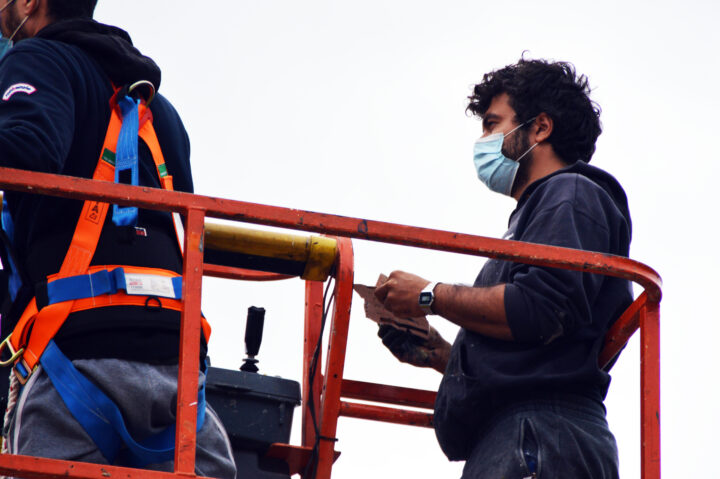
The works, built at the Camping de Faro and campus de Gambelas from the University of Algarve, «despite representing the same character, they are two completely different pieces», referred the artist, presenting different styles for these creations.
«We joined the two projects to make a piece for the series of works “Neutral”, and the other for the series of plastics, despite being the same character», the author told our newspaper.
The seahorse, built in the water tank of the Praia de Camping Park Faro, is included in the “Big Trash Animals” series, revolving around the representation of large-scale animals, built almost exclusively from garbage, with the aim of provoking a different look at our consumption habits.
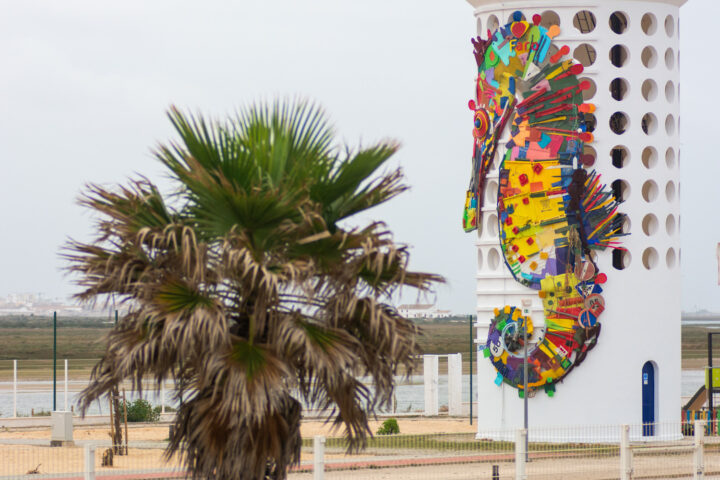
The piece on the University of Algarve's Gambelas campus is included in another series, “Neutral”, where the artist, despite using end-of-life materials in his pieces, covers them with neutral colors or colors close to the realities he wants to recreate .
«The aim is to generate an affective relationship between these large animals and those who observe them, in order to make us question our actions and habits and, who knows, their subsequent transformation and evolution», said the artist.
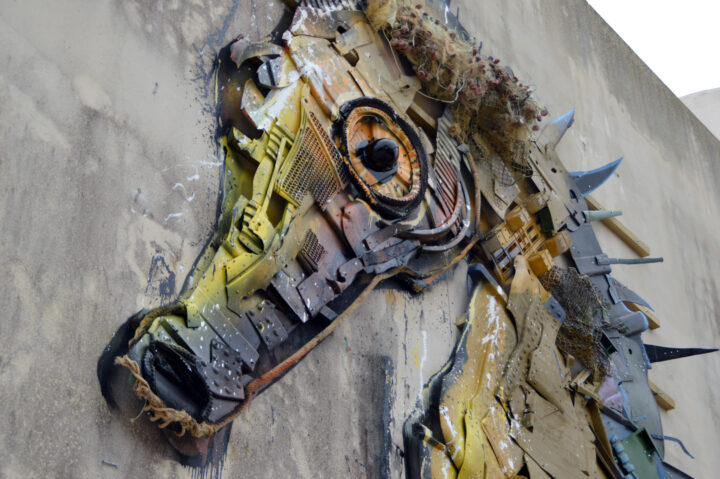
As for the production process of his works, the author collects materials, cuts, adapts the collected material, assembles the piece, fixes it where it will stay and, if necessary, paints it. These pieces are mostly developed with the use of high density plastics, which no longer fit for what they were intended.
“Many of the things, plastic, came from other places, so they are not local. But we also added local pieces collected on the beach, in the estuary, to give a local touch to the piece, and the problem is global», revealed the artist, further reinforcing the idea that «trash doesn't have to be local to create the piece. ».
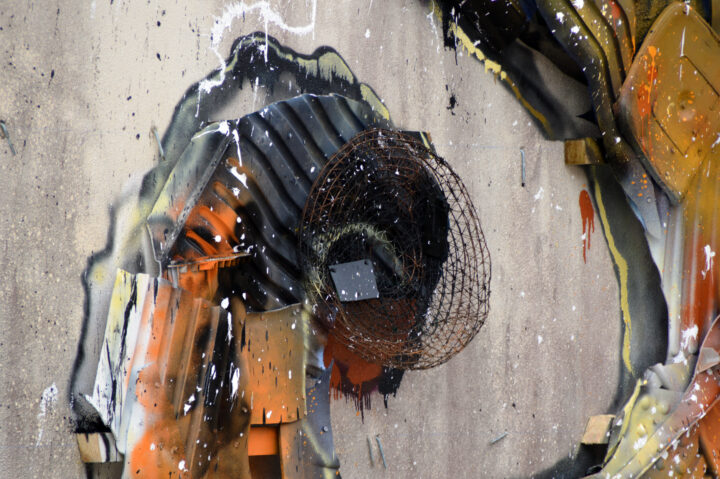
These two new pieces are now part of the artist's portfolio, which already has more than 200 pieces distributed around the world, where, with the travels he has been taking to several countries over the last few years, he has left a little of his personal mark. .
The inauguration of these pieces will take place today, April 9th, at 16:30 pm, at the Parque de Campismo Municipal de Faro, with the intervention of the president of the Chamber Rogério Bacalhau and the artist.
The inauguration of the other sculpture will take place 45 minutes later, at campus by Gambelas from the University of Algarve, with interventions by the dean Paulo Águas, the researcher responsible for the HippoSave project and the artist.
Photos: Rúben Bento | Sul Informação e Nuno Costa | Sul Informação
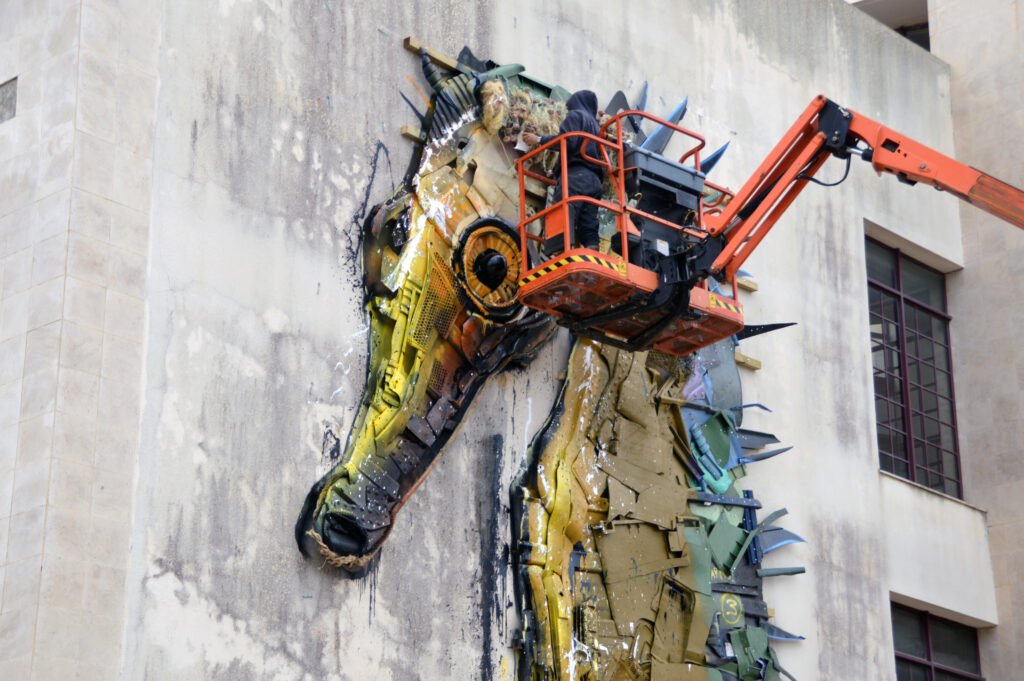
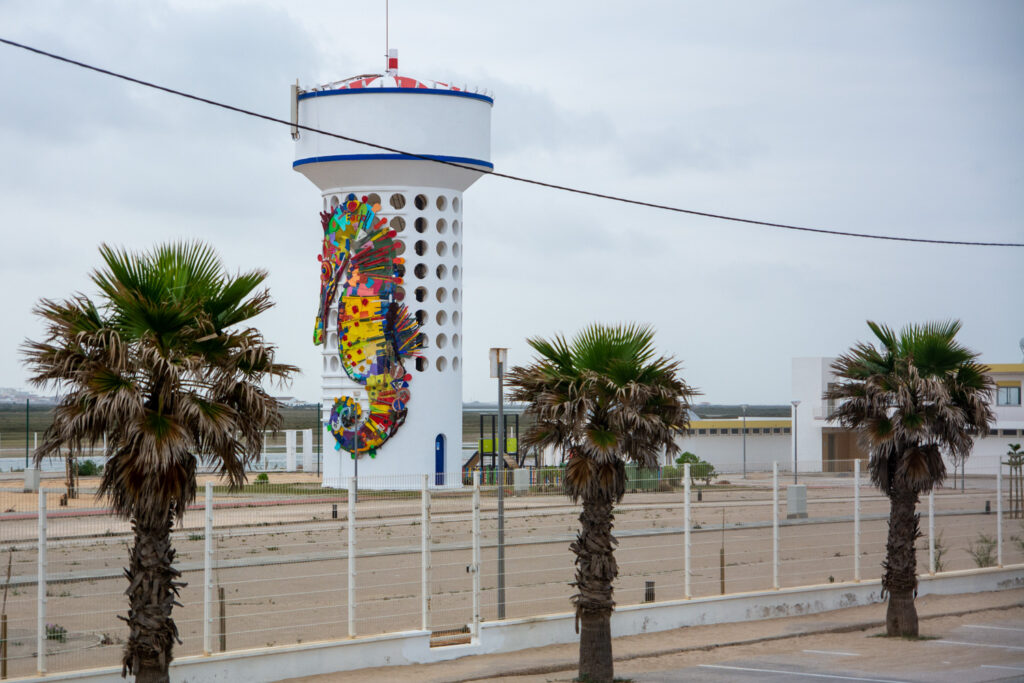
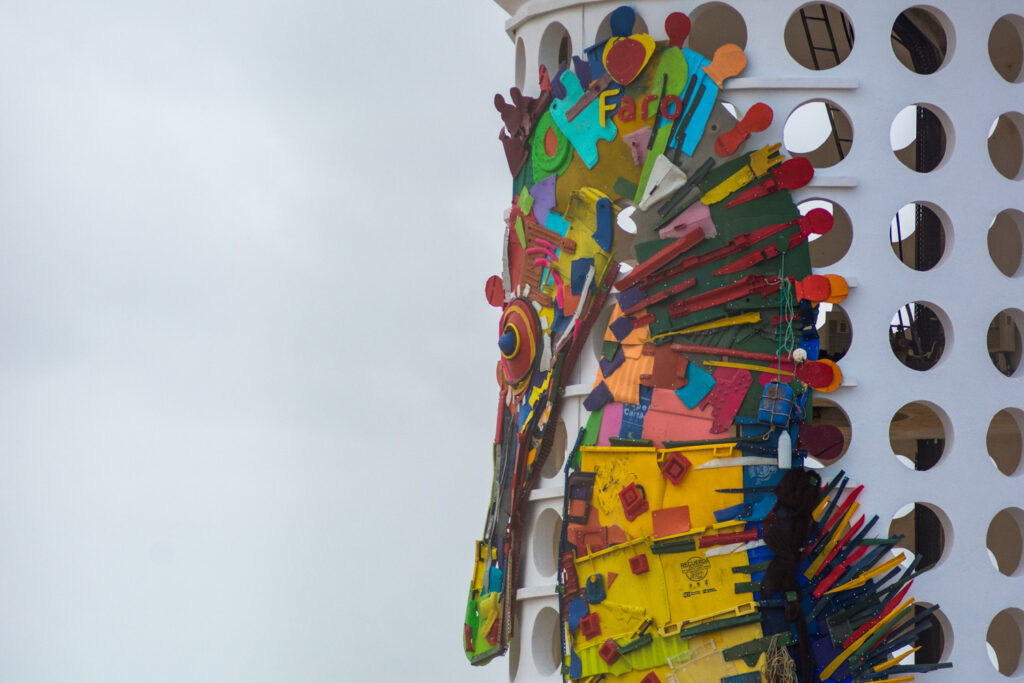
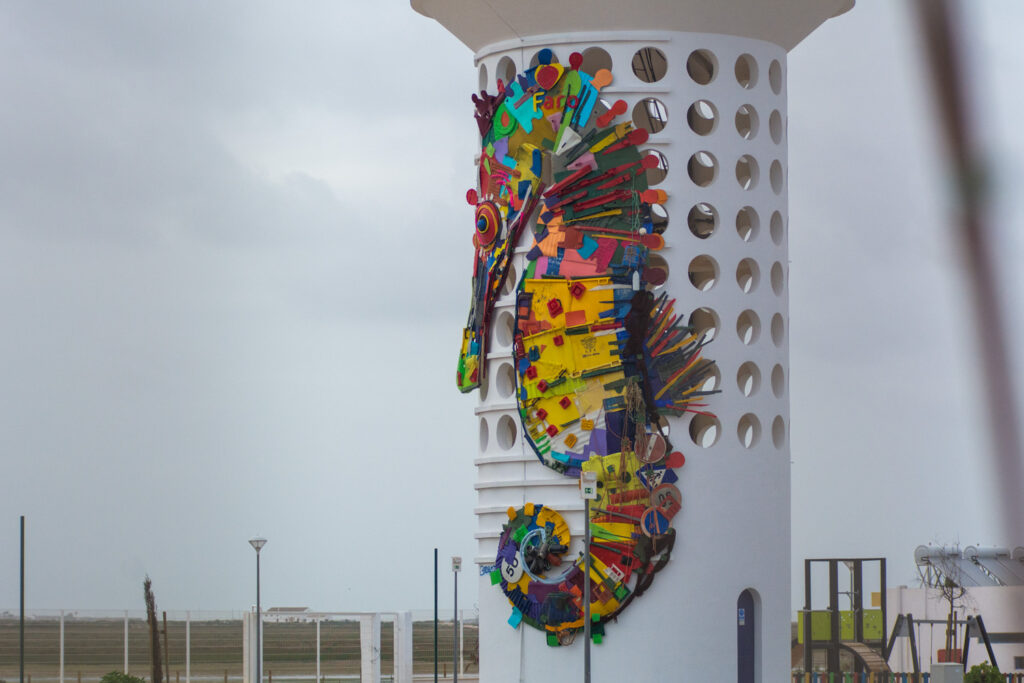
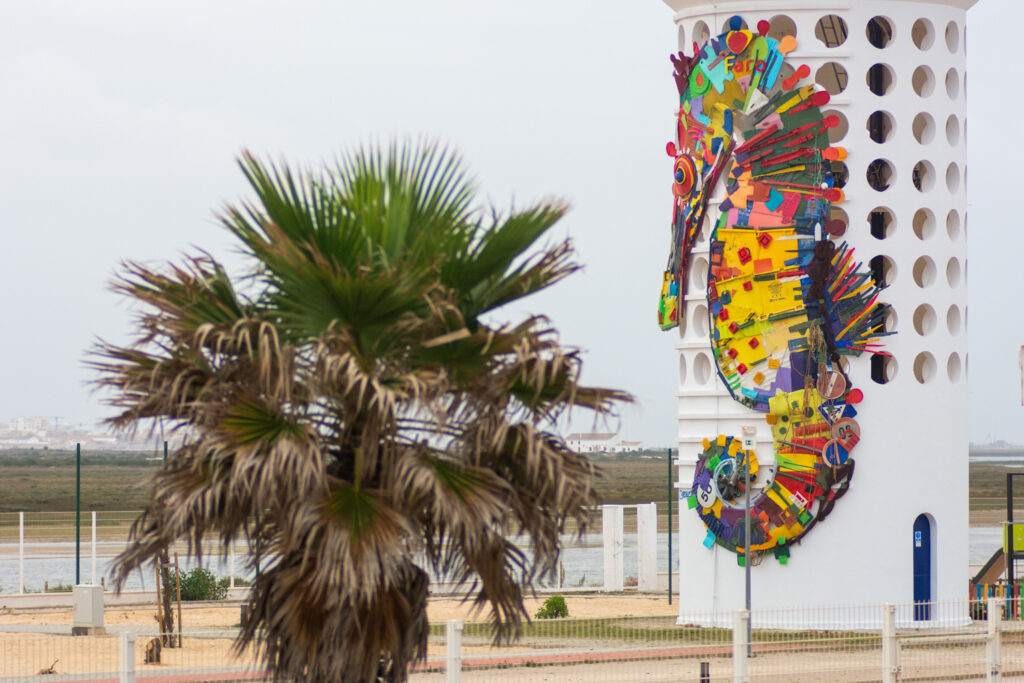
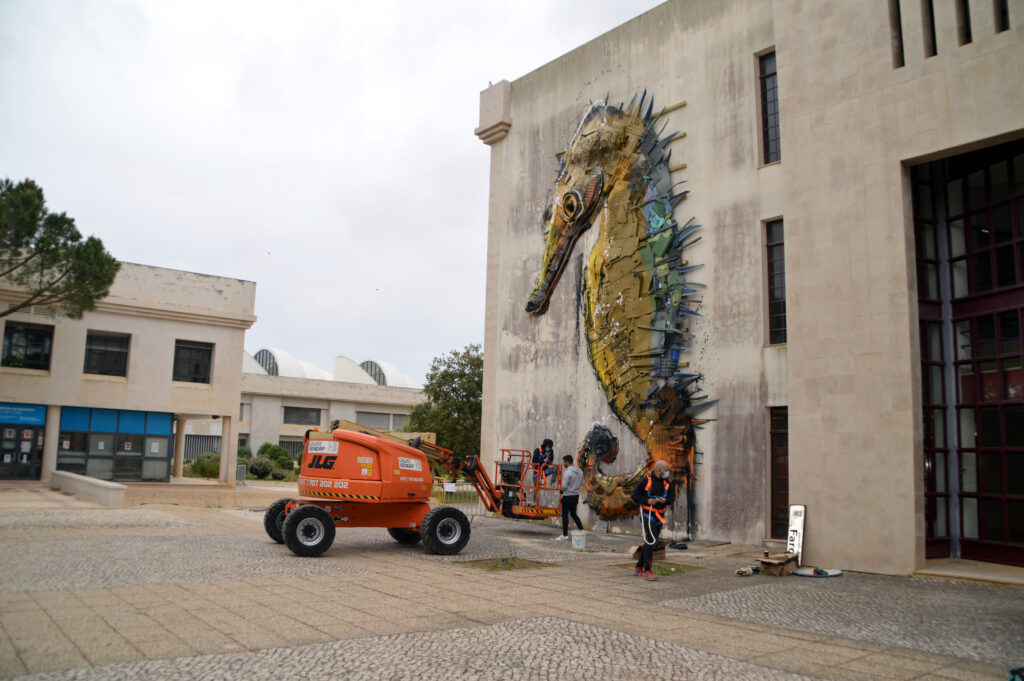
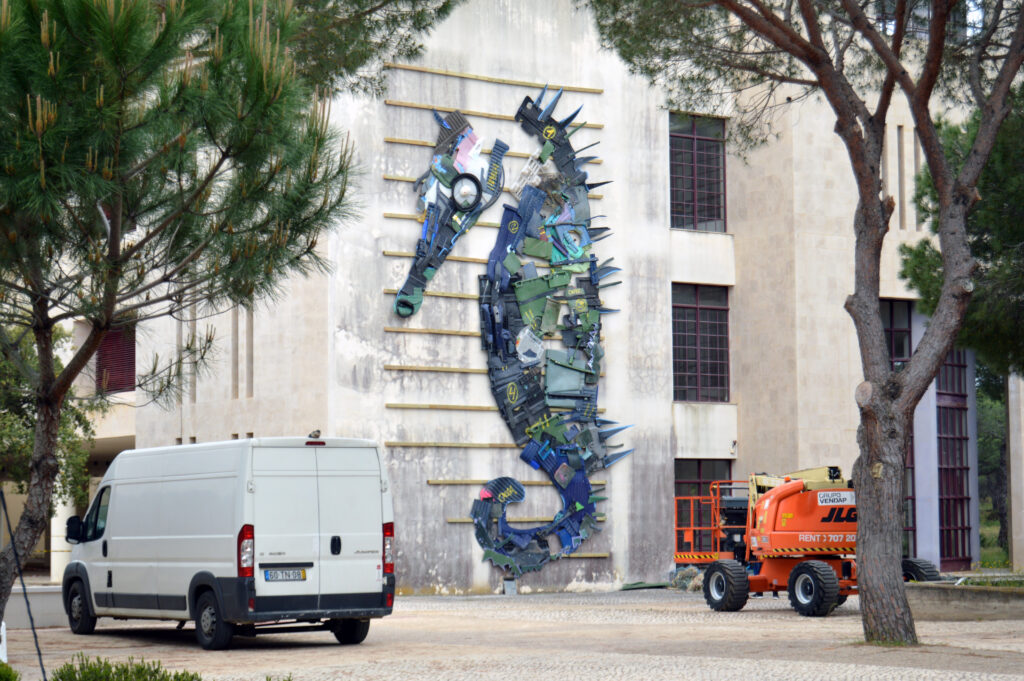
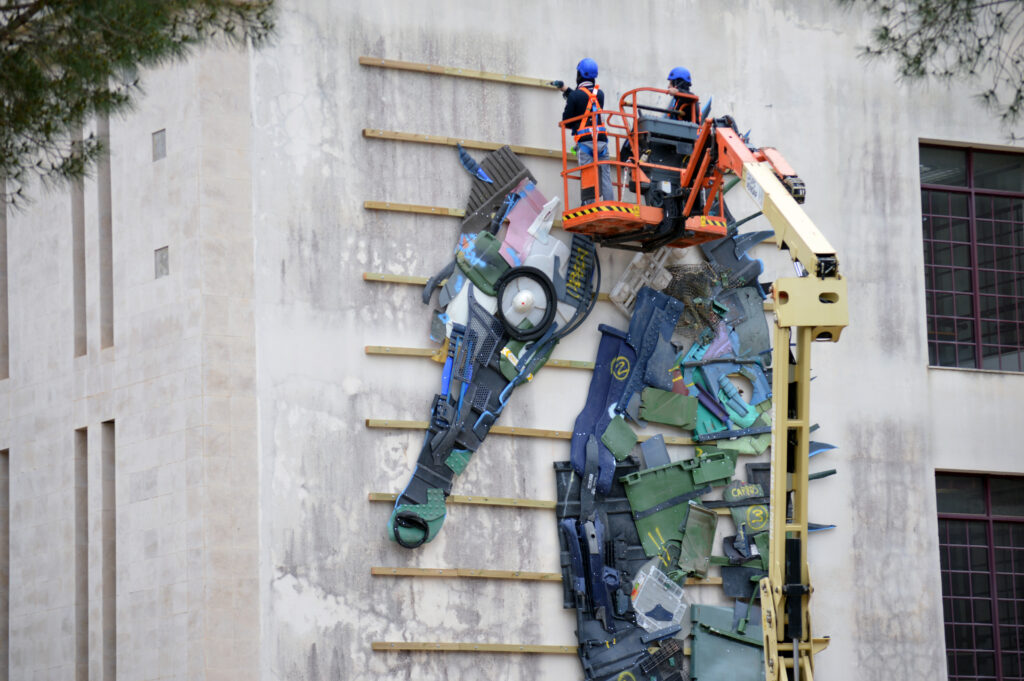
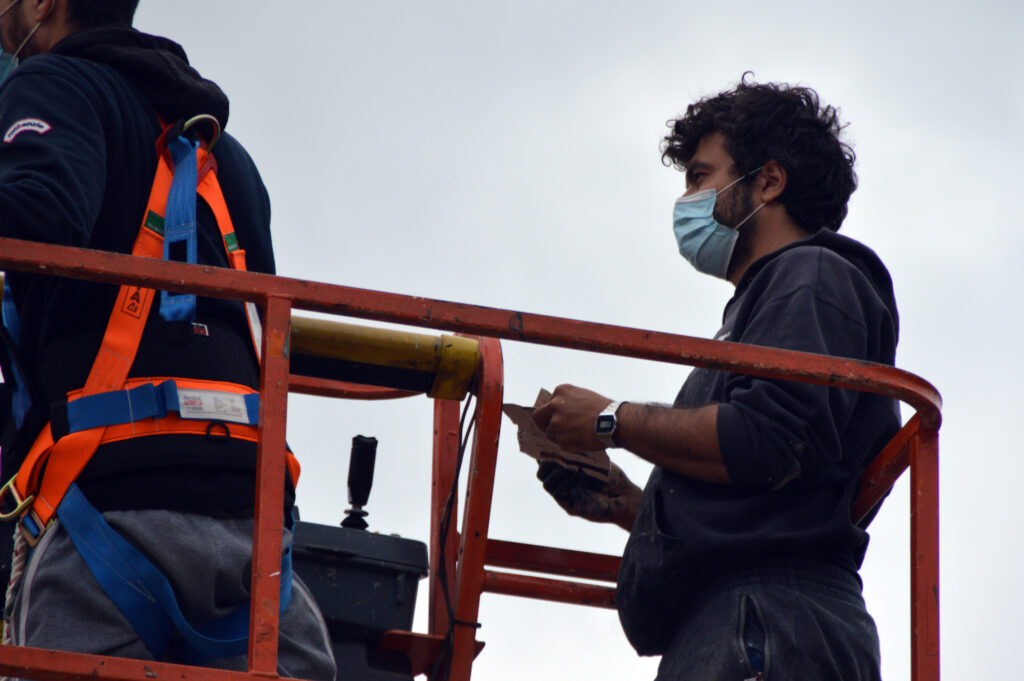
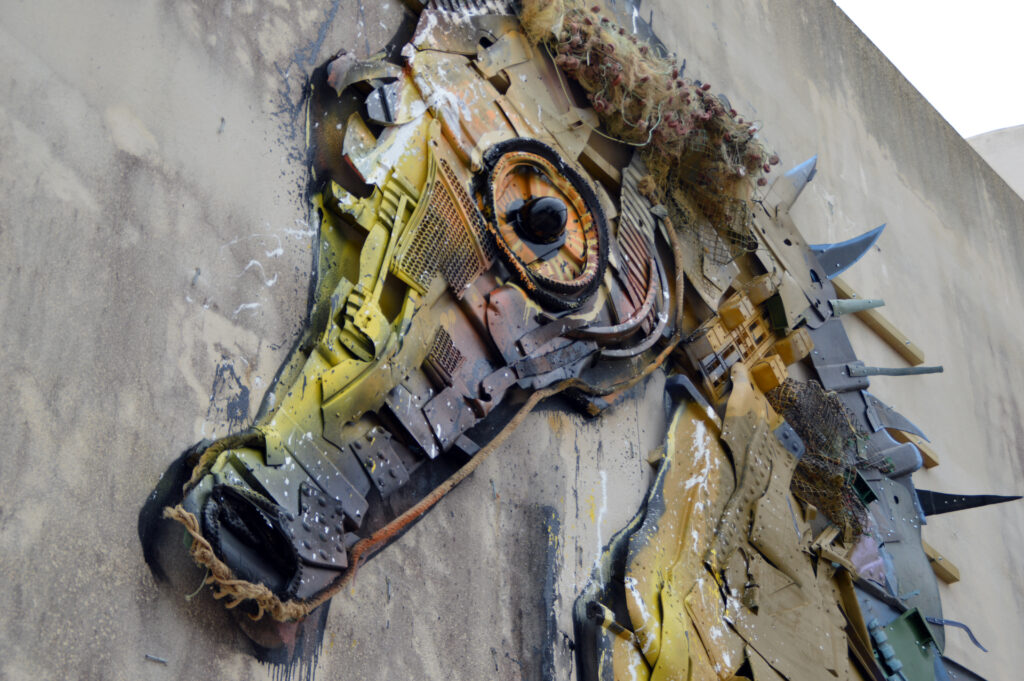
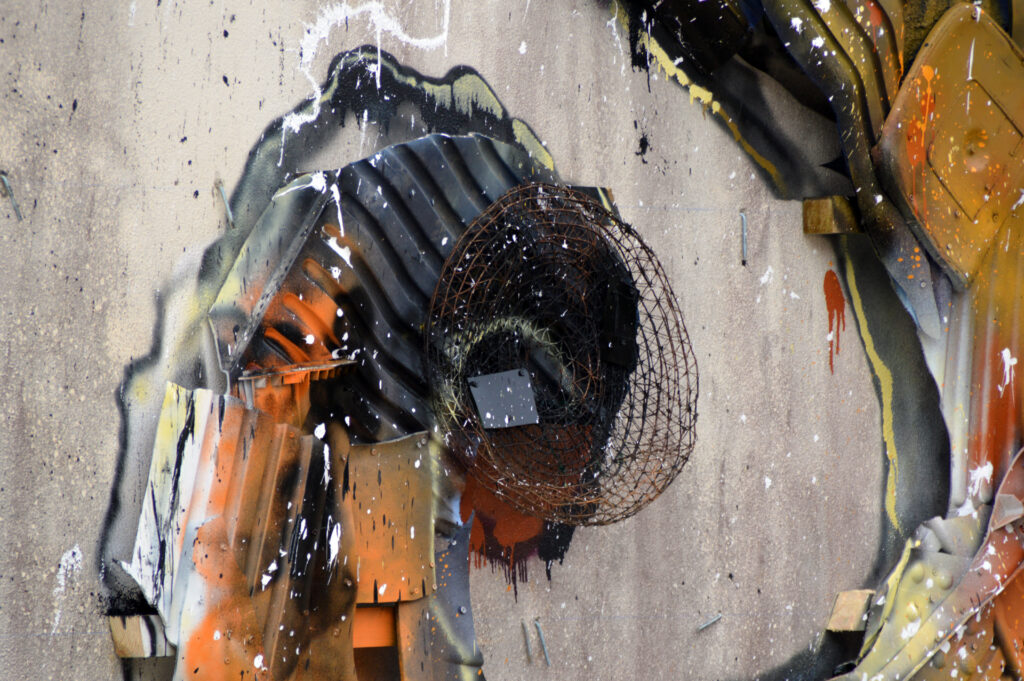



















Comments